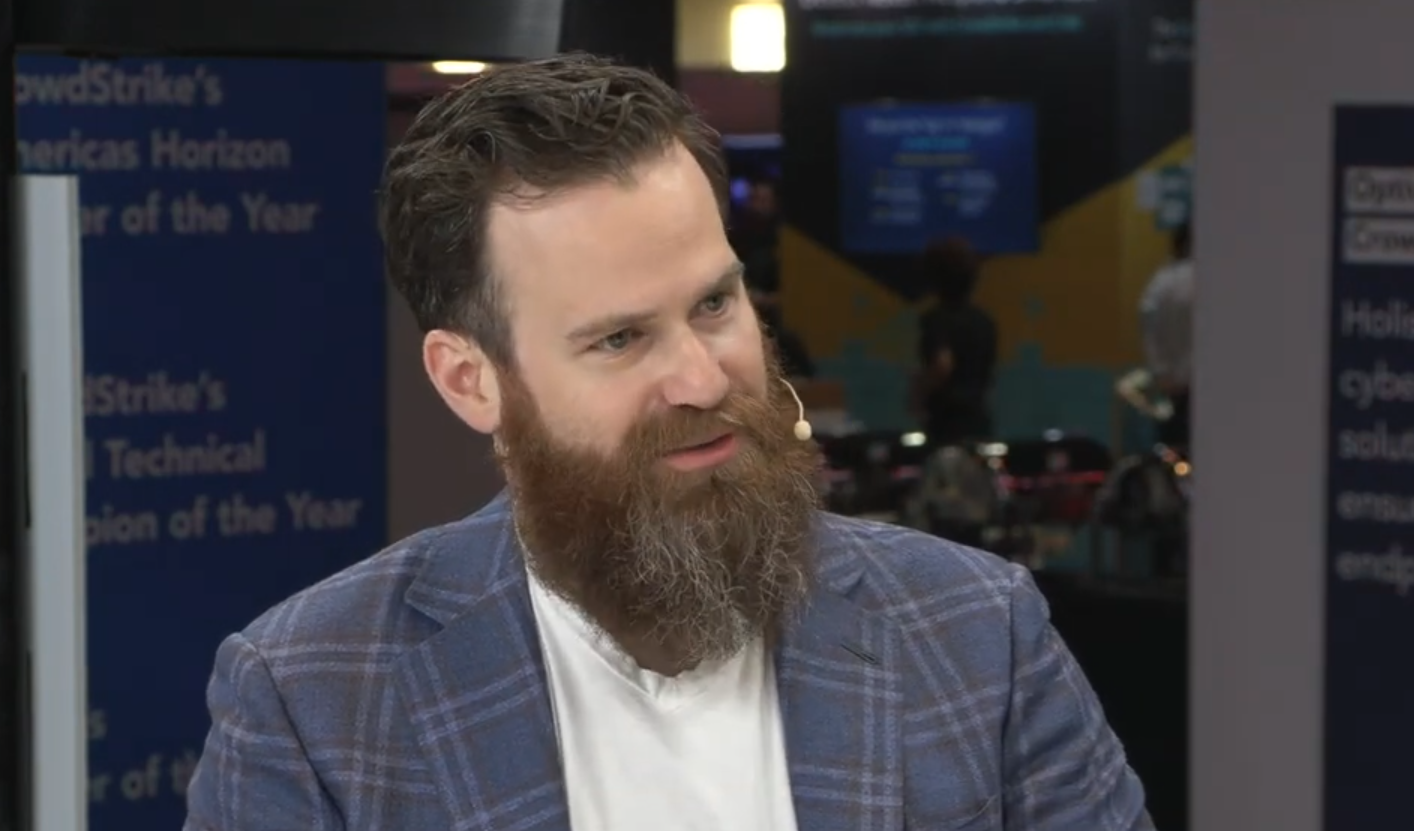
Artificial intelligence is rapidly transforming cybersecurity, bringing both powerful new opportunities and increasingly complex threats. To keep pace, the industry is moving toward adaptive defenses and agent-driven systems built for speed and flexibility.
Still, these new developments raise the urgent question of whether defenders can respond fast enough. Adapting quickly is essential, and it’s led to CrowdStrike Inc.’s introduction of Enterprise Graph, according to Elia Zaitsev (pictured), chief technology officer of CrowdStrike.
“This system that we built that combines everything we’ve done on the platform to date so far, simplifies it, abstracts it, normalizes it all together,” she said. “[It] has a lot of benefits for our end users, even for our developers, as they look to harness the power of all the data we collect.”
Zaitsev spoke with theCUBE’s Dave Vellante and Rebecca Knight at Fal.Con, during an exclusive broadcast on theCUBE, SiliconANGLE Media’s livestreaming studio. They discussed how AI is reshaping cybersecurity and the industry’s move toward adaptive defenses. (* Disclosure below.)
Adaptive defenses are key
Another key benefit of Enterprise Graph is that it provides an interface specifically designed for AI and agent systems, according to Zaitsev. When building technologies with AI, it’s important to adopt a mindset that accounts for the accelerating pace of innovation.
“The technology that we have today —just the intelligence even like 12 months ago — it’s orders of magnitude more powerful,” he said. “And that’s increasing.”
A traditional product development approach focuses on identifying today’s customer pain points and building technology to solve them. This process can take considerable time to deliver use cases, according to Zaitsev.
“If you take that approach, by the time you ship your capabilities, the intelligence systems that you have now at your disposal, the use cases [and] the problems you can solve, you’re already behind,” he said. “The adversary isn’t waiting that long.”
By making deep investments in the platform and its architecture, the goal was to adopt a different mindset, according to Zaitsev. That mindset was to start building a platform early.
“We’ve successfully delivered that,” he said. “That allows us to integrate and bring in any black box intelligence system, any agentic capability that we don’t even know exists today, but we could slot in at any point in time so that when the latest and greatest intelligence system is available, we don’t have to wait 12 more months to integrate into our platform.”
Meanwhile, in this new environment, the top concern coming from chief information security officers is how to secure these new innovations without slowing progress. They face board-level mandates to embrace digital transformation and AI adoption while still ensuring strong protection, according to Zaitsev.
“The CISO doesn’t want to stop that innovation, but they’re also a little bit terrified that there’s… like 700 million people now using ChatGPT,” he said. “They want the peace of mind and governance to know that data isn’t leaving the front door.”
When discussing AI and security, it’s important to clarify which aspect is being addressed, according to Zaitsev. One involves using AI to enhance security through agentic systems that can transform operations.
“But then, there’s also this other coin of how do we secure these AI systems that enterprises are rushing to adopt, that they have to adopt?” he said. “There’s some things we’re doing on the data and the identity side, but that’s a key topic of conversation. How can we enable that digital transformation safely and not hinder the adoption of AI at the workforce level, at the enterprise level?”
Here’s the complete video interview, part of SiliconANGLE’s and theCUBE’s coverage of Fal.Con:
(* Disclosure: TheCUBE is a paid media partner for Fal.Con. Neither CrowdStrike Inc., the sponsor of theCUBE’s event coverage, nor other sponsors have editorial control over content on theCUBE or SiliconANGLE.)
Photo: SiliconANGLE



